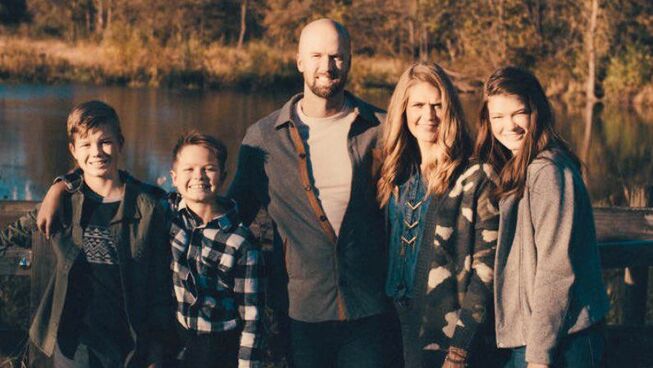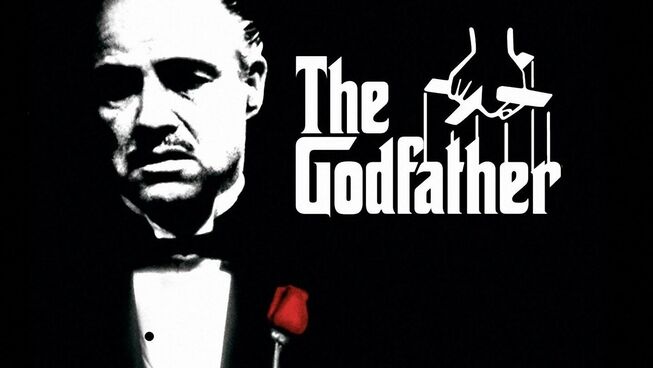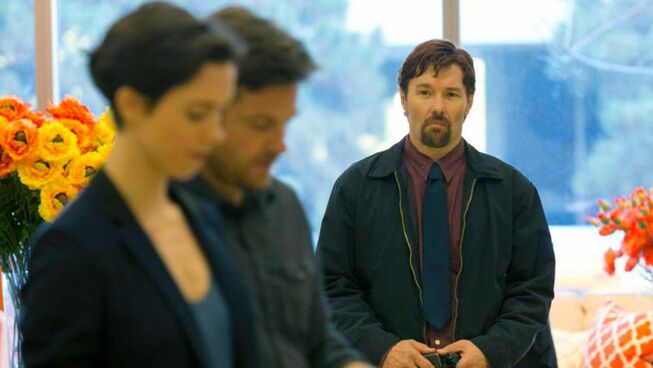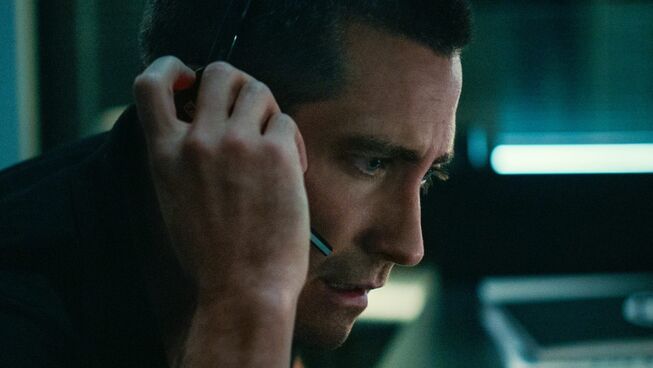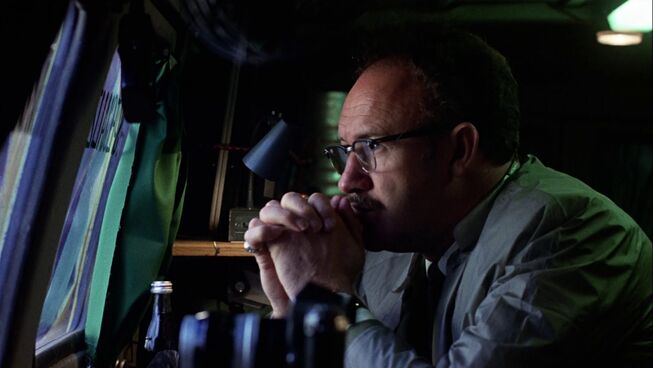
Believe it or not it’s been 18 years since the great Gene Hackman last appeared in a feature film. Since announcing his official retirement from acting in 2008 a generation of filmgoers has not had the chance to watch the legendary actor perform on the Big Screen. Until now. For the first time since its original release in 1974 Rialto Pictures is bringing back Francis Ford Coppola’s classic The Conversation. The film’s restoration and rerelease to theaters has been under the direct supervision of Coppola who recently commented on how special this film is to him: “I count (The Conversation) among the most personal of all my films and I’m happy the movie became the very thing it was about – the invasion of privacy and its erosive impact on both victims and perpetrators.’
The Conversation stars Gene Hackman as a paranoid neurotic surveillance expert named Harry Caul. Harry is hired by an arrogant power broker named Martin Stett (Harrison Ford) to secretly record the conversations of an unnamed couple. With help from a small team of freelancers and an assistant named Stan (John Cazale), Harry stages an intricate web of listening devices to record the pair’s conversation as they walk through San Francisco’s crowded Union Square. At first, Harry treats this job with the same detached professionalism as all the rest. Harry isn’t interested in motivations, and he certainly doesn’t ask questions of the powerful executive (Robert Duvall) who hired him. However, something about this recording begins to bother Harry very much. Haunted by the voices of the young couple he was paid to spy on, Harry suspects the two are in grave danger. What follows is a Hitchcockian psychological thriller about a tormented man living with a secret obsession to separate his intrusive actions from future consequences. The one who has been secretly listening all this time now finds himself desperate to be heard.
From 1969 to 1979 director Francis Ford Coppola delivered some of the most important films of all time. During this ten-year stretch, Coppola’s body of work is one of the great cinematic runs and includes The Godfather in 1972; both The Godfather Part 2 and The Conversation in 1974; and Apocalypse Now in 1979. When Coppola wrote the script for The Conversation in 1969, he had not yet achieved the commercial success in Hollywood that could secure the backing of a major studio for such a personal project. That all changed with the release of The Godfather and its unexpected triumph at the box office. Coppola freed himself from under the collective thumbs of studio execs and was granted the latitude to choose his next project. The young director didn’t need much time to decide. Soon after The Godfather Part 2 left theatres Coppola dusted off his original script and began producing The Conversation.
What makes The Conversation stand out from other thrillers is that it is more interested in the psychological toll the abuse of privacy has on the perpetrator, Harry, than the victimization of his two subjects. Dialogue is used sparingly, and, in its place, Coppola orchestrates a repetition of sound that slowly draws the audience into Harry’s growing paranoia. Coppola’s goal was to create a “modern horror film with a construction based more on repetition than exposition, like a piece of music.” To help him achieve this, the master filmmaker brought on a master sound designer, Walter Murch (American Graffiti), who went on to win the Academy Award for Best Sound Design. When Harry brings the secret recordings back to his sound studio, he begins the meticulous process of enhancing the audio. As he maneuvers the dials and levers of the sound equipment, we hear inaudible voices amongst a cacophony of electronic blips and squeaks and scratches. Then, from out of the disconcerting reverb, we hear the young woman say, “He’d kill us if he had a chance.” This desperate phrase is looped throughout the film, causing the audience to share in Harry’s moral dilemma. Were these two lovers speaking figuratively, or was Harry hired by the jilted husband to learn of their next rendezvous to have them murdered?
The greatest storytelling, specifically, character development, is often best communicated by what is not said, rather than with boring exposition. Harry, for example, is an outward contradiction. He intrudes on the privacy of others even while taking precautions to secure his own. Harry prides himself in being the best wiretapper in the business, but the steps he takes to protect himself against the same risk is almost inept. Is it possible that no one is safe from the intrusive nature of people and technology? The door to Harry’s apartment is secured by a redundancy of deadbolts and yet a neighbor can get inside to leave a birthday gift. Who gave her a key? How did she know it was his birthday? Much of Hackman’s brilliant performance does not involve dialogue. A combination of claustrophobic closeups and long shots of him walking the streets of San Francisco punctuate Harry’s growing anxiety and isolation. Except for the wisp of a flimsy overcoat he wears throughout the film, Harry seems inflexible and sanitized in his three-piece suit. Interestingly, the coat is see-through and, in many ways, so is Harry’s guarded life.
There was not a sequel to this classic film, but Enemy of the State managed to pay homage to the character played by Gene Hackman.
Coppola will often place the camera in a fixed position and allow the actors to walk in and out of frame. In The Conversation the effect is a little unsettling because it feels like we are being invited to eavesdrop. In an early scene Harry answers the phone while alone in his apartment. He subconsciously loosens his belt and unbuttons his pants. The act is entirely innocent, yet the audience feels embarrassed by intruding on a moment of vulnerability. Harry then grabs his saxophone and begins playing a bluesy riff. Harry seems too stiff to be a skilled musician and perhaps the audience has caught a glimpse of the real man hiding behind an invisible fortress. Despite the great lengths Harry takes to separate himself from the consequences of this latest job, he can’t rid himself of the guilt. In a moment of desperation, Harry seeks absolution from a priest. Even while standing inside the confessional Harry won’t go far enough to rid himself of the burden: “I’ve been involved in some work that I think will be used to hurt these two young people. People were hurt because of my work before and I’m afraid it could happen again. I was in no way responsible. I’m not responsible.”
The Conversation is a master class in filmmaking. It’s slow and meticulous buildup finally pays off during the last thirty minutes. Hackman’s portrayal of Harry Caul is reminiscent of Jimmy Stewart’s portrayal of John Ferguson in Alfred Hitchcock’s Vertigo and L.B. Jefferies in Rear Window. Each man is tormented by the impulses that surround his subjective reality. Like Hitchcock, Coppola explores the damaging implications of voyeurism and the suffocating nature of harbored guilt. It’s interesting that Harry’s last name, Caul, could also refer to the protective membrane that envelops the fetus. In the film’s final scene, the walls that Harry has so meticulously constructed are both literally and figuratively torn down. Harry picks up his saxophone one last time, and now he seems to be playing for an audience.
